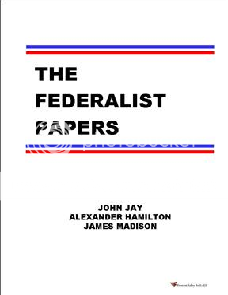RealWorldGraduation_Question_10 <– PDF
A Savings-and-Loan bank crisis in the 1980’s and 1990’s required a government bailout. Major automobile companies (Chrysler and General Motors) have sometimes required government bailouts. In the most recent bailout (2007-2009), many banks (Washington Mutual, Indy Mac), mortgage companies (Fannie Mae, Freddie Mac), and financial institutions (Bear Stearns, American International Group) required government bailouts.
“Fannie Mae” and “Freddie Mac” are nicknames for two government-sponsored entities (GSE) that buy residential mortgages; the goal being to stimulate home-buying. In the latest bailout, the losses to the taxpayers for bailing out these two organizations will range between $221 billion and $363 billion [1].
Bear Stearns, a long-standing investment bank specializing in mortgage securitization, was sold to JP Morgan Chase in an emergency sale to avoid a formal bankruptcy that would negatively affect the rest of the economy. The New York Federal Reserve bought $30 billion of Baer Stearns’ “assets” to get them off the balance sheet, then lent $29 billion to JP Morgan to finance the purchase of Stearns [2].
American International Group, an insurer of mortgage contracts, borrowed $182 billion in bailouts from the Federal Reserve, with the taxpayers liable if they fail to pay it back [3].
Morgan Stanley and Goldman Sachs converted to bank holding companies in order to obtain access to emergency funding from the Federal Reserve to stay afloat and avoid collapse [4]. Goldman Sachs required loans totaling $67 billion, while Morgan Stanley required loans of $96 billion.
How can one predict in advance which segment of the economy will require a bailout?
a) The ones with the highest CEO pay will require the bailout, because the CEO takes all the money out of the company.
b) All companies who operate in accordance with for-profit capitalism.
c) Only foreign companies require bailouts, because they borrow too much American money and fail to pay it back on time.
d) They are not really bailouts because the government pays for it.
e) All of the above.
(See answer on p. 2 of PDF.)
[1] Phil Angelides, Chairman, The Financial Crisis Inquiry Report, New York: Public Affairs, 2001, p. 322
[2] ibid., pp. 290, 291
[3] ibid., p. 350
[4] ibid., p. 362, 363
Tags: real world graduation



